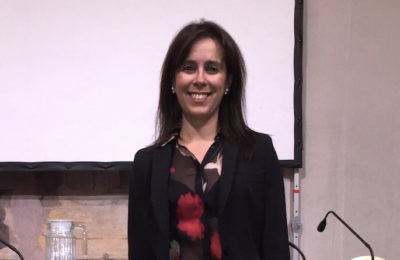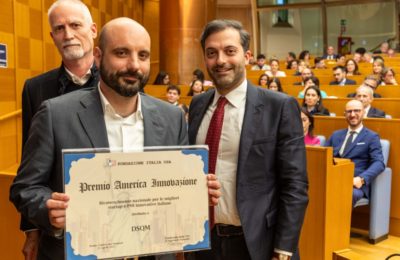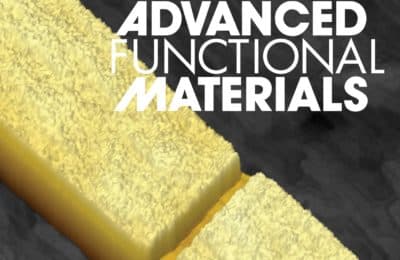A study published in Nature Communications has demonstrated for the first time the possibility of controlling the internal magnetic structure of a molecular system through electric fields. The study, provides experimental evidence of transitions between spin states characterized by different spin chiralities, marking a significant step forward in the field of quantum magnetism and quantum technologies. This research, involving an international team of scientists, includes Filippo Troiani from Cnr Nano as the responsible for the theoretical activity and corresponding author.
A New Approach to Spin Manipulation
The electron spin represents a “natural” choice for encoding quantum bits, but its manipulation typically requires magnetic fields, which are difficult to generate with high spatial resolution. This poses a fundamental challenge for selectively addressing spins at the nanoscale. Several years ago, theoretical studies suggested that electric fields, which are easier to localize, could modify the internal magnetic structure of a molecule, particularly the spin chirality of triangular molecules, without affecting its total magnetic moment. The present study provides the first experimental confirmation of that a prediction and opens up new possibilities for spin control in molecules.
Filippo Troiani’s Contribution
Filippo Troiani’s role in this research was crucial in simulating the experiment and identifying the electric-field-induced transitions. “The experimental results showed transitions at specific energies and intensities, induced by the infrared radiation. Identifying the involved states and discriminating between electric and magnetic components of infrared radiation has required an extensive work of theory and simulation” Troiani explains. His expertise has provided essential insights into the interpretation of the experimental results.
Potential Applications in Quantum Technologies
Magnetic molecules, with their nanometric size, high tunability via chemical synthesis, and pronounced quantum properties, are promising candidates for future quantum technologies. In particular, they hold great potential for quantum sensing applications, where precise control of quantum states is essential.
A Novel Methodology and Future Directions
Traditional spin manipulation techniques, based on microwave magnetic fields, typically address the total spin of a molecule, but do not alter its internal magnetic order. In contrast, this study introduces a method that modifies the internal spin arrangement, while preserving the orientation of the molecule’s magnetic moment.
The next step in this research is to use pulsed electric fields, instead of continuous ones, in order to create linear superpositions of molecular states with different chiralities. This approach will also verify the expected robustness of these degrees of freedom with respect to decoherence, the ubiquitous process that tends to destroy the quantum properties of the states and limit the performance of quantum devices.
A Long-Awaited Experimental Confirmation
This study provides the first experimental realization of theoretical concepts proposed over a decade ago (2008-2012) by Filippo Troiani, in collaboration with one of the leading experts in the field of spin-based quantum computing, Prof. Daniel Loss from the University of Basel. “Contributing to the successful validation of these early ideas, together with experimental groups worldwide, has been a deeply rewarding experience”, Troiani reflects.
Original article: Probing spin-electric transitions in a molecular exchange qubit, Florian le Mardelé, Ivan Mohelský, Jan Wyzula, Milan Orlita, Philippe Turek, Filippo Troiani, Athanassios K. Boudalis, Nat Commun 16, 1198 (2025). https://doi.org/10.1038/s41467-025-56453-1



